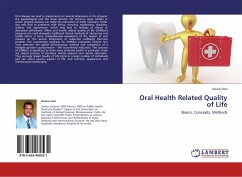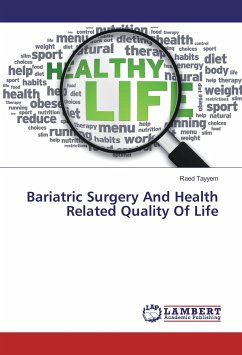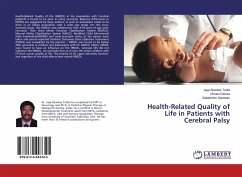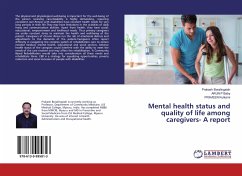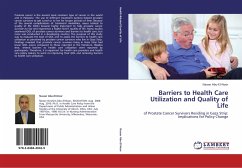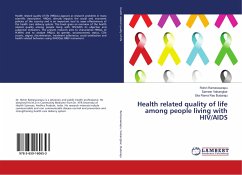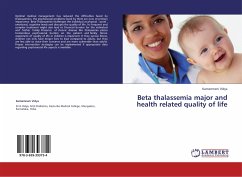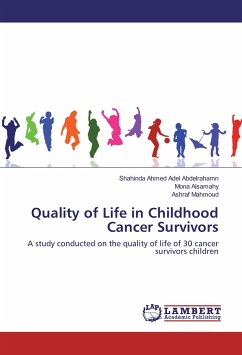Oral disease can lead to impairments on several dimensions in the physical, the psychological and the social domain. For instance, large cavities or severe gingival diseases can make the extraction of teeth necessary. Tooth loss may lead to problems with biting, chewing, swallowing, speaking, smiling, and appearance, which may lead to feelings of shame or decreased self-esteem. When oral health related quality of life (OHRQoL) measures are used alongside traditional clinical methods of measuring oral health status, a more comprehensive assessment of the impact of oral diseases on the several dimensions of subjective wellbeing becomes possible. The quantitative methods for OHRQoL evaluation include two main methods: the global self-evaluation method and completion of a multiple question questionnaire - the socio-dental indicators. The concept of OHRQoL is significant to three areas of dental health in particular; these are clinical practice of dentistry, dental research and dentaleducation. They seriously impair Quality of Life (QoL) in a large number of individuals and can affect various aspects of life, oral function, appearance and interpersonal relationship.

